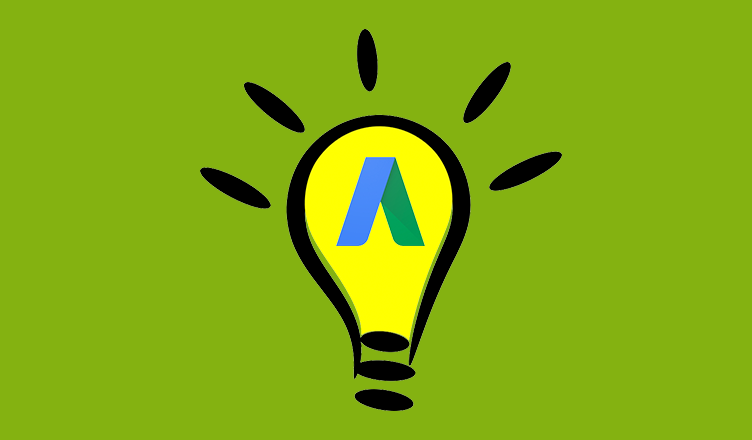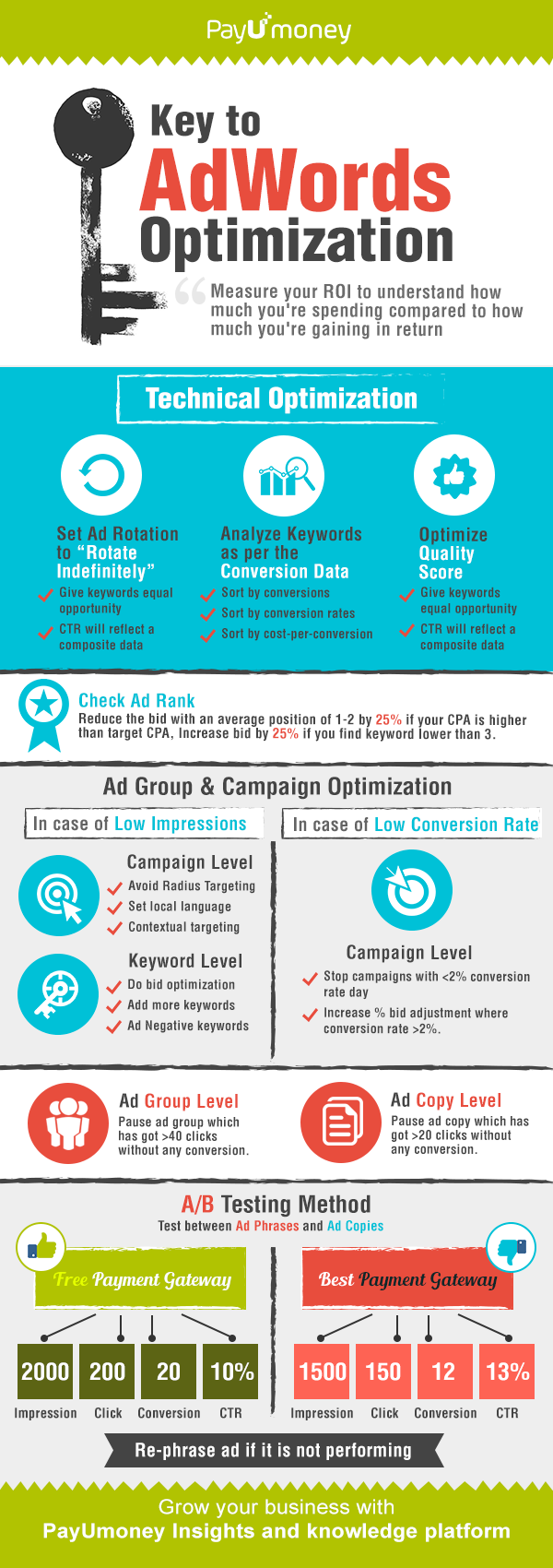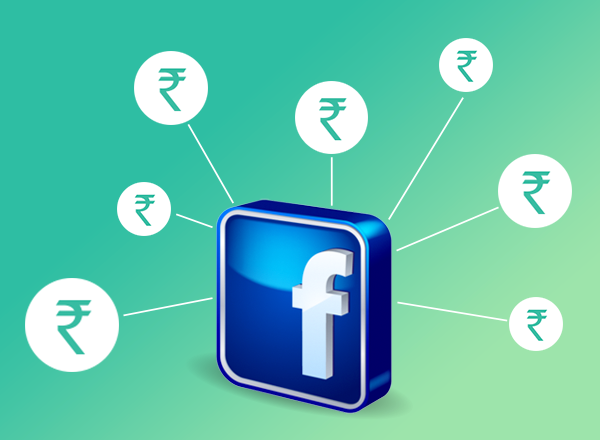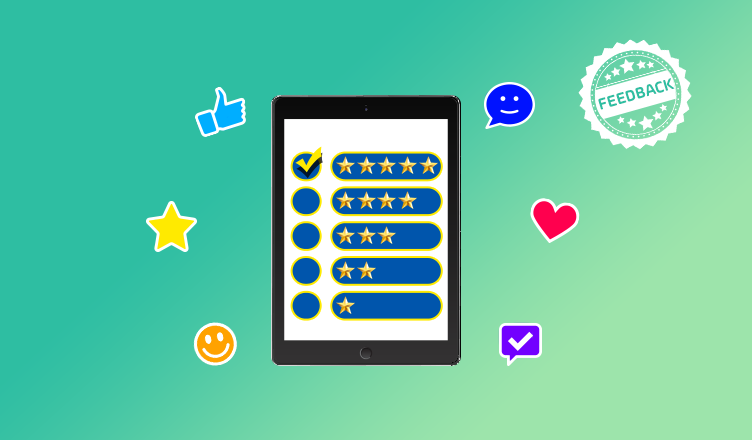Optimizing your Google AdWords account is all about re-inventing new ways to find out the new prepositions that can improve performance of your data. To evaluate if your campaign is reaching out to prospect audience, make sure you track conversion rates through AdWords Tracking Tool.
Conversion happens when a user clicks on your ad and takes valuable action- it can be filling lead generation form, purchasing product or making a phone call. Therefore, we advise you to set up conversion tracking in order to measure the conversion rate. This data will tell the amount of business you have generated through AdWords Campaign. At the same time, you will be in a better position to select the campaigns which are more profitable.
Optimization of your Google AdWords account is all about discovering leaks in the existing campaigns. Leaks can be countless in number, therefore we can’t cover every single optimization activity. However we have tried listing some of the best optimization process which will help you set AdWords account as per your desired business goals.
Technical Optimization
Set Ad Rotation to “Rotate Indefinitely”
Ad rotation is a feature through which Google delivers your ad on both Search and Display Network. It rotates your ad if you have multiple ads within the same ad group. Rotation occurs because AdWords doesn’t allow display of more than one ad per single account at the same point of time.
Use this Rotation feature to define how often you want ads in the same group to be served relative to each other. Set this rotation to “Rotate Indefinitely” so that all your ads get an equal opportunity in the Google platform.
Analyze Keywords as per the Conversion Data
Once you have activated AdWords Tracking tool, you can start comparing ads and see how effective keywords are performing. For example, if you have a keyword “Free Payment Gateway”, and it is performing with high conversion rates and low costs, than you should continue investing in it.
- Sort by conversions: to select keywords as per conversion
- Sort by conversion rates: to select keywords which generates maximum conversions
- Sort by cost-per-conversion: to analyze the conversion cost of keywords
Optimize Quality Score
Every time a user enters a search query, AdWords calculates the quality of your ad which gets triggered. It is the most crucial aspect which determines how often your ad will be served and at what position. It also defines the cost you need to pay per click. Your Quality Score is the principle parameter which tells the experience you are incorporating to the user. Two most important factors that impacts your quality score are:
- Ad Relevancy: Check how close is your keyword related to the ads.
- Landing Page: Design your landing page such that it becomes relevant to your ads.
Check AdRank
AdRank = Max CPC X Quality Score
If your Cost per Acquisition (CPA) is higher than the target CPA, then we advise you to reduce the bid with an average position of 1-2 by 25%. Similarly, increase bid by 25% to get more if you find your keyword lower than 3 AdRank.
Ad Group & Campaign Optimization
In case of Low Impressions
You need to create two campaigns if the location is under tier three slot. For example: If you are making a campaign on restaurants in Delhi, then there will be two different types of targeting:
Campaign 1
Select Delhi in the geo targeting option and trigger your ad with the keyword-best restaurant
Campaign 2
India selected in the geo targeting and running your ad on keyword- best restaurant in Delhi
Also optimize your bid according to the average position statistics and CPC commitments. You can add more keywords from the opportunity tab. don’t forget to add negative keywords on which you don’t want to trigger you ad. For example, if you are selling an expensive product, than select negative keywords like cheap or free.
In Case of Low Conversion Rate
The entire end result of your AdWords Campaign is driving conversions. Therefore it is necessary for you to keep a close eye on conversion rates and cost of conversions.
Stop running your campaigns if you find conversions below 2% at any given day of the week. For example, if you are recording minimum conversions on Saturday, than immediately optimize your investments for Saturdays. Also pause keywords with 20 clicks and zero conversions.
Do A/B Testing to Optimize Conversions
Research should be the DNA of your optimization process. A/B test helps you to filter out your assumptions on the basis of testing results.
For example, if you A/B test between the phrases “Free Payment Gateway” and “Best Payment Gateway”, it is likely that you don’t get much difference between the two. However, you will be able to test the behavior of user searching for both the prepositions.
For Free Payment Gateway- Value preposition is free.
For Best Payment Gateway- Value preposition is trust and loyalty
Invest more in the campaign which is recording higher conversions. If your test is unsuccessful, than try rephrasing your Ad. Break away from the old communication and try a completely new approach.
Optimization of Google AdWords is an ongoing process. There are numerous optimizations tips and we have tried to pick some of the best ones which will help you think in the right direction. Keep experimenting with your AdWords account to get the best conversions for your online business.










Leave a Comment